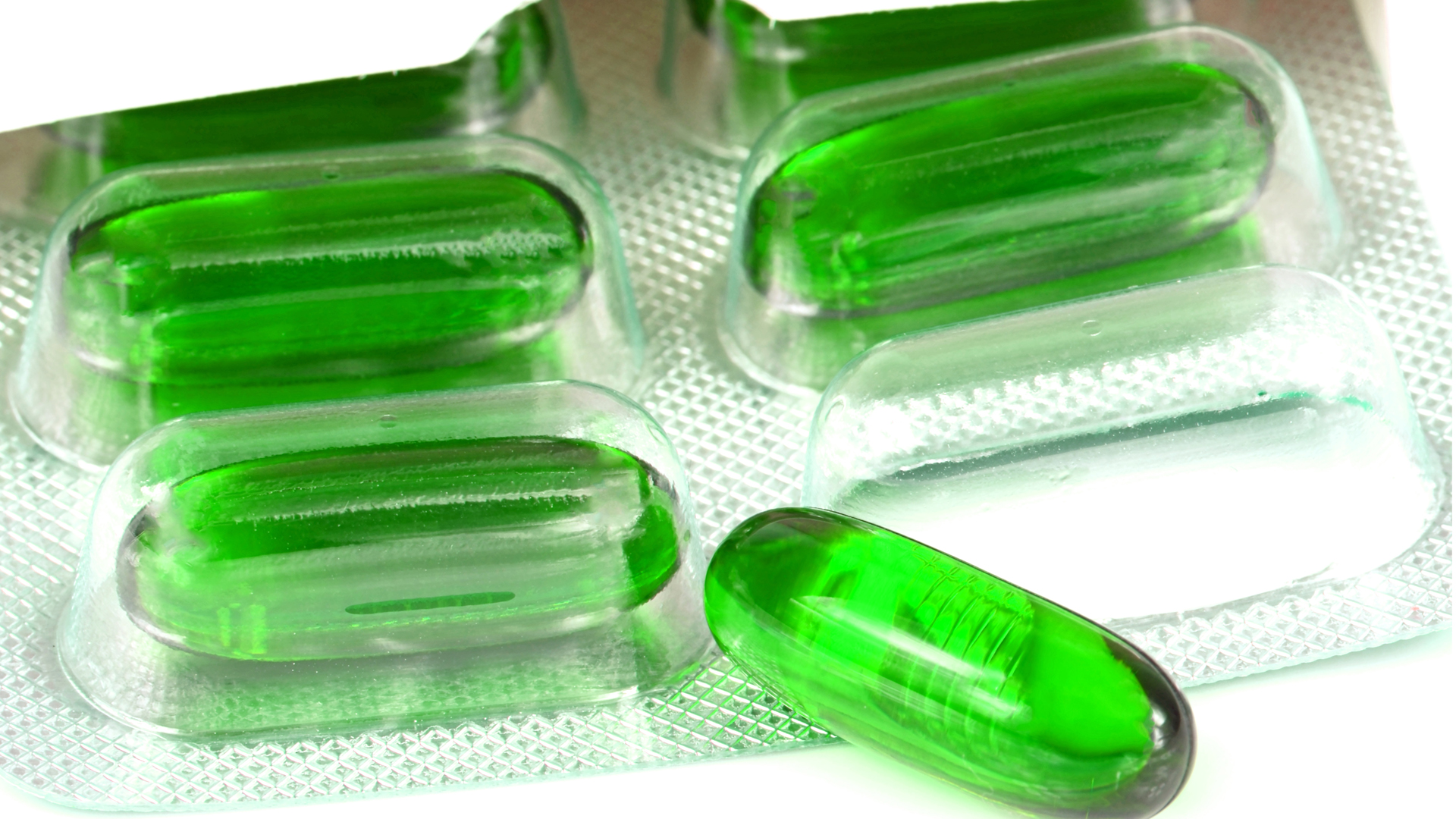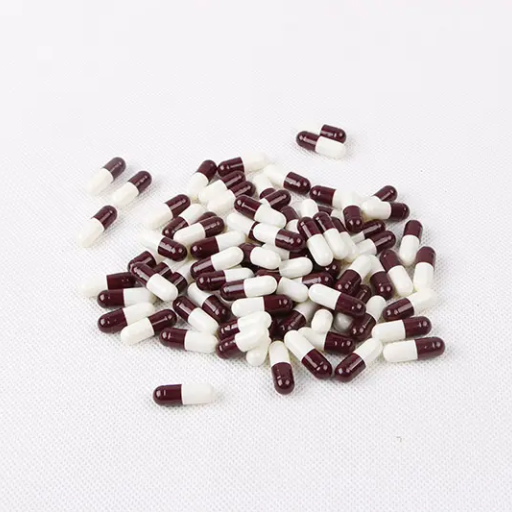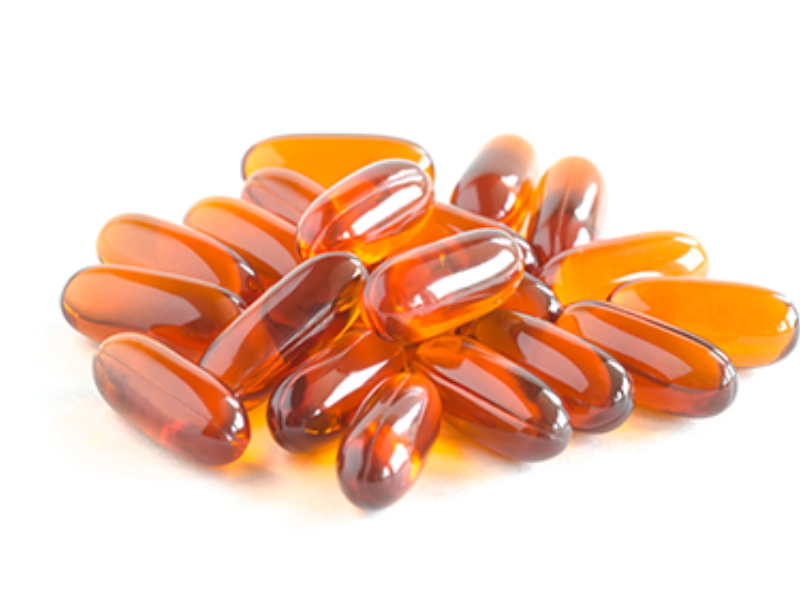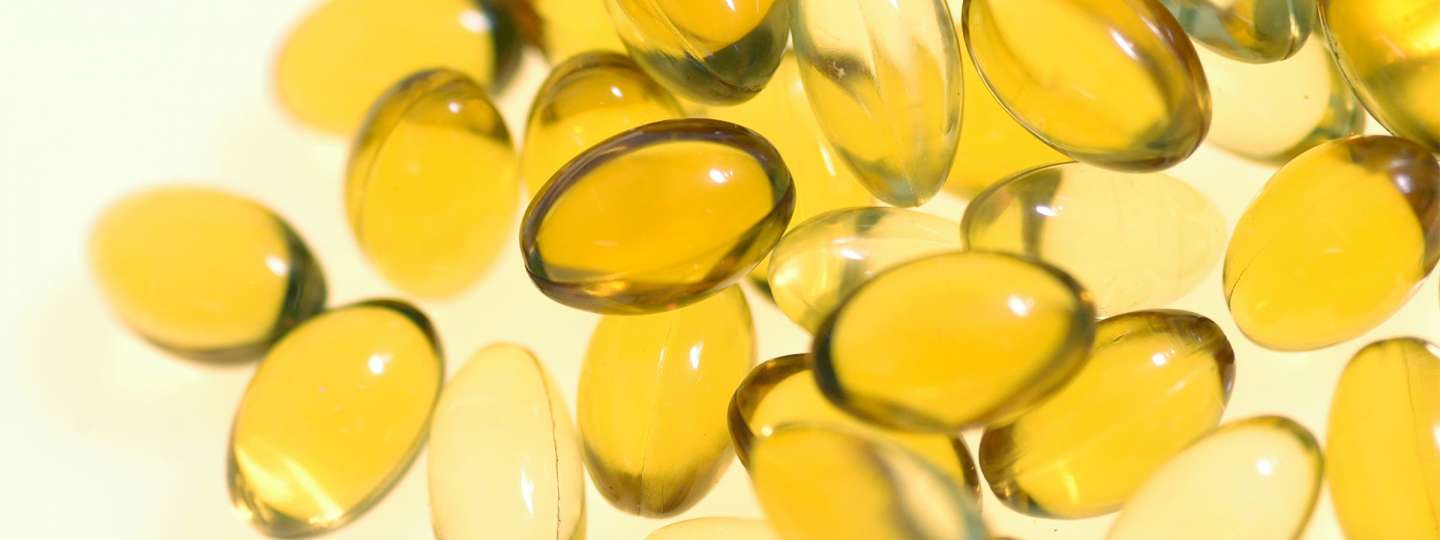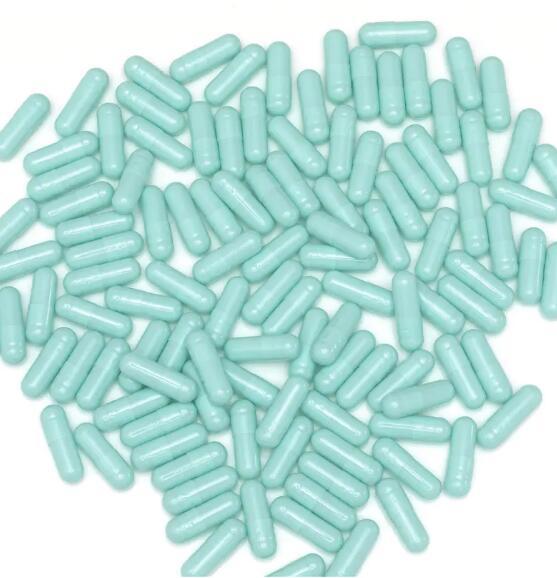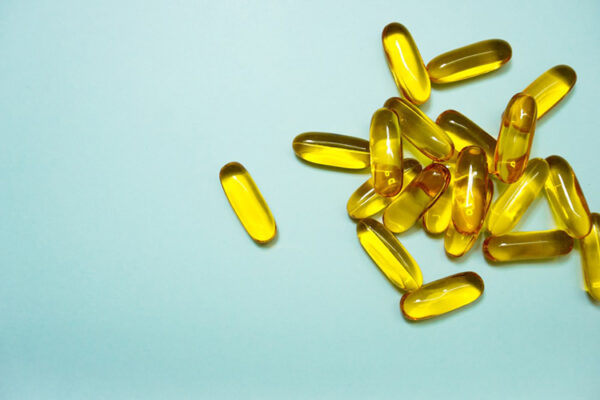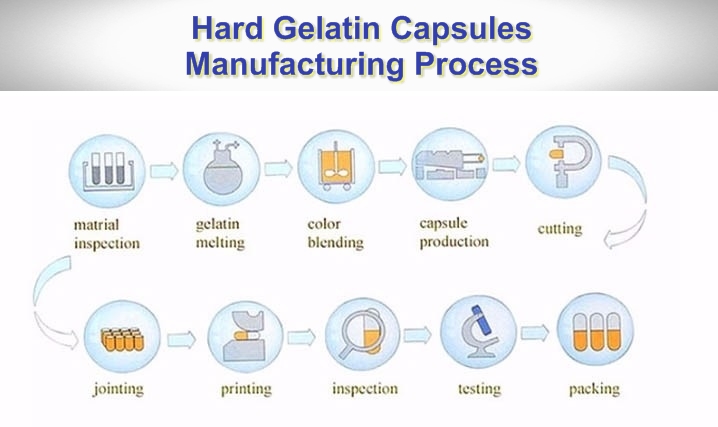What Is A Gelatin Capsule Made Of
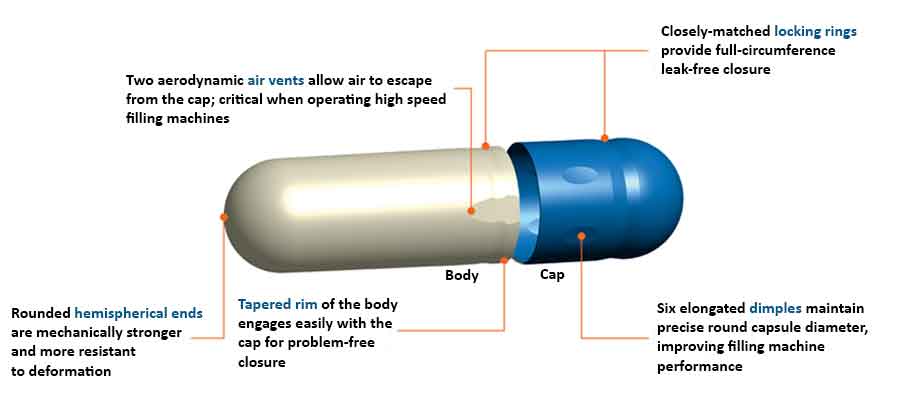
Urgent health alert: Millions consume them daily, but what exactly are gelatin capsules made of? The answer may surprise you, and it demands immediate attention.
This report delves into the composition of gelatin capsules, revealing the raw materials and processes involved in their production. Understanding these details is crucial for consumers making informed choices about their health and dietary needs.
The Shocking Truth About Gelatin Capsules
Gelatin capsules are primarily made from collagen, a protein derived from animal sources. These sources typically include bovine (cattle) and porcine (pig) byproducts.
Specifically, the collagen is extracted from the skin, bones, and connective tissues of these animals. This process involves several stages of treatment and purification.
The Raw Materials
Bovine hide gelatin is a common ingredient, sourced from the outer layer of cow skin. Similarly, porcine skin gelatin originates from pig skin.
Bone gelatin involves a more complex process. Bones are degreased and treated with acid or alkali to extract the collagen.
The resulting collagen is then processed to form gelatin. This gelatin is what's ultimately used to manufacture the capsules.
The Manufacturing Process
The production of gelatin capsules involves several key steps. First, the raw gelatin is dissolved in water.
Next, this solution is molded into the desired capsule shape using metal pins. These pins are dipped into the gelatin solution.
The gelatin then cools and hardens on the pins. The capsules are then removed, trimmed, and joined to form the final product.
Who's Involved?
Major pharmaceutical companies and supplement manufacturers rely on gelatin capsules. These include Pfizer, Bayer, and numerous generic drug producers.
Gelatin suppliers like Rousselot and Gelita are also key players. They provide the raw materials for capsule production.
When Did This Start?
The use of gelatin capsules dates back to the 19th century. Their popularity grew rapidly due to their ease of use and ability to mask unpleasant tastes.
Technological advancements have refined the manufacturing process. However, the fundamental raw materials remain largely unchanged.
Where Are They Made?
Gelatin capsule manufacturing occurs globally. Major production hubs are located in Europe, North America, and Asia.
Different regions may have varying regulations. This can impact the sourcing and processing of gelatin.
Alternatives to Gelatin Capsules
For consumers seeking alternatives, vegetarian and vegan options exist. These capsules are typically made from hydroxypropyl methylcellulose (HPMC).
HPMC is a plant-derived cellulose material. It offers a similar encapsulation function without using animal products.
Other alternatives include pullulan capsules, made from fermented tapioca. These are also suitable for vegetarian and vegan diets.
Concerns and Considerations
Consumers with dietary restrictions or ethical concerns should carefully examine product labels. Look for certifications like "vegetarian capsule" or "vegan capsule."
Religious considerations may also be a factor. Some individuals avoid porcine gelatin due to religious beliefs.
Transparency in sourcing is crucial. Consumers should demand clear information from manufacturers about the origin of their capsule ingredients.
Next Steps and Ongoing Developments
Regulatory bodies like the FDA continue to monitor the safety and quality of gelatin capsules. Ongoing research focuses on improving the manufacturing process.
Increased demand for plant-based alternatives is driving innovation in capsule technology. Expect to see more diverse and sustainable options in the future.
Consumers must remain informed. Demand transparency from manufacturers to ensure informed choices about the medications and supplements they consume.



